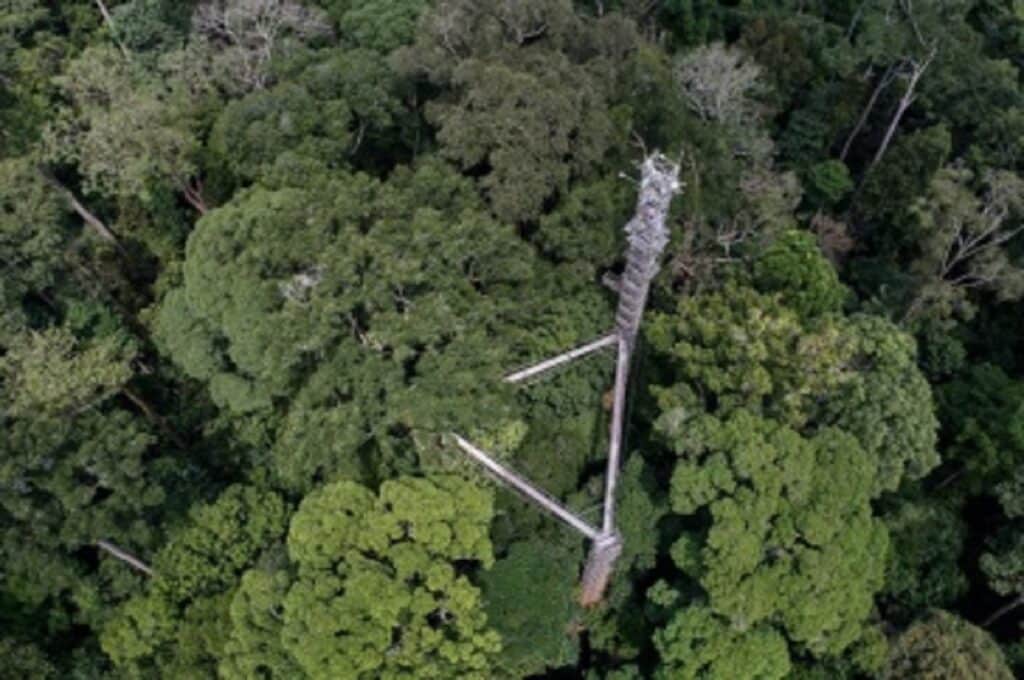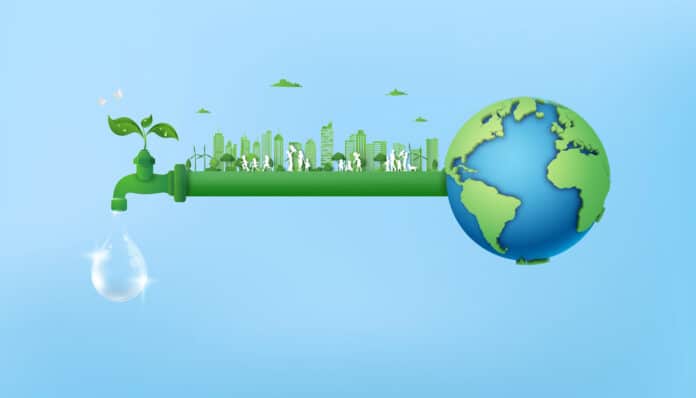The ratio between the net assimilation of carbon through photosynthesis and the stomatal conductance of transpiration is called water use efficiency. Carbon dioxide levels in the atmosphere are rapidly increasing due to climate change. This rise probably cause plants to improve the way plants consume more water, known as water use efficiency. This suggests that plants consume less water but absorb more atmospheric carbon, leading to increased growth and reducing the impact of climate change.
New research from the University of New Hampshire has discovered that water use efficiency has stalled since 2001, indicating that plants took in less CO2 and more water was consumed, which could have implications for carbon cycling, agricultural production, and water resources.
Jingfeng Xiao, a research professor at UNH’s Earth Systems Research Center, said, “We observed an overall significant increase in water use efficiency throughout 1982 to 2016, with a substantial rise from 1982 to 2000, but after that, water use efficiency seems to have stalled, An increase in CO2 allows green plants to grow faster and use water more efficiently, but this study shows that some of the nature-based methods that scientists thought might be in place to help achieve carbon neutrality may be undermined by the adverse effects of climate warming and that plants are not using water as efficiently as scientists might have expected.”

The multifaceted processes involved in the complex trade-off between carbon gain and water loss as temperatures rise and atmospheric CO2 levels rise remain unknown. Researchers used satellite data and machine learning/AI to develop 24 models for five primary vegetation types: forests, shrublands, savannas, grasslands, and croplands.
They found that plant growth and water use have been weakening since 2001. This may be due to a rising vapor pressure deficit, which could impact future global land carbon levels, primarily stored in forests and other ecosystems. As VPD rises, it can slow down or suppress photosynthesis, increasing plant water consumption, slowing plant growth, and reducing water use efficiency in global ecosystems.
The study found that the saturation of WUE was not due to changes in vegetation regrowth, land cover, or nutrient constraints on photosynthesis, like too much or too little nitrogen or phosphorus.
According to H. Jesse Smith, The results illustrate one more way in which the adverse effects of climate warming make it more difficult to achieve carbon neutrality.
Journal Reference:
- Jingfeng Xiao, Ashley Ballantyne, et al. Global water use efficiency saturation due to increased vapor pressure deficit. Science. DOI: 10.1126/science.adf5041
